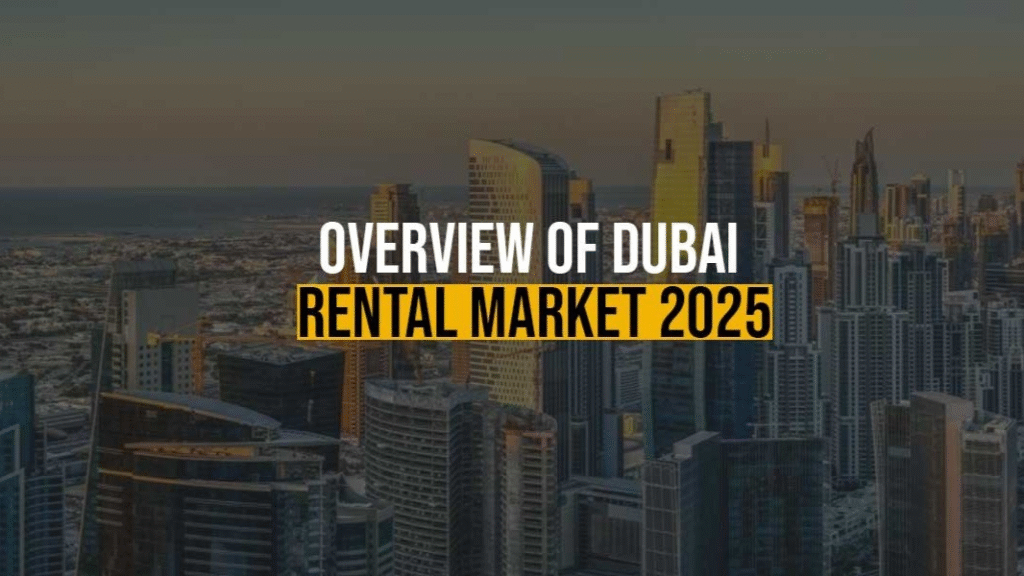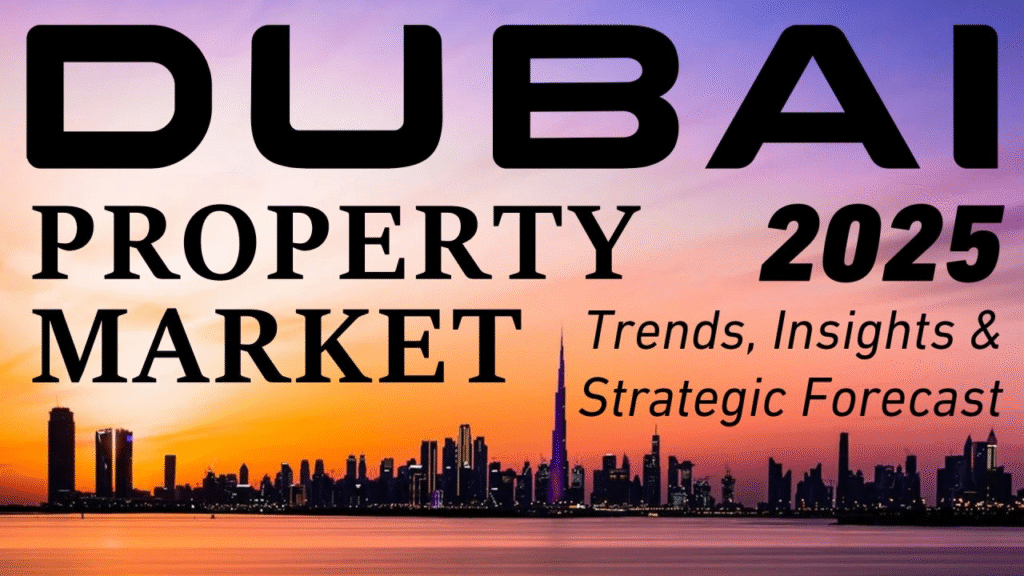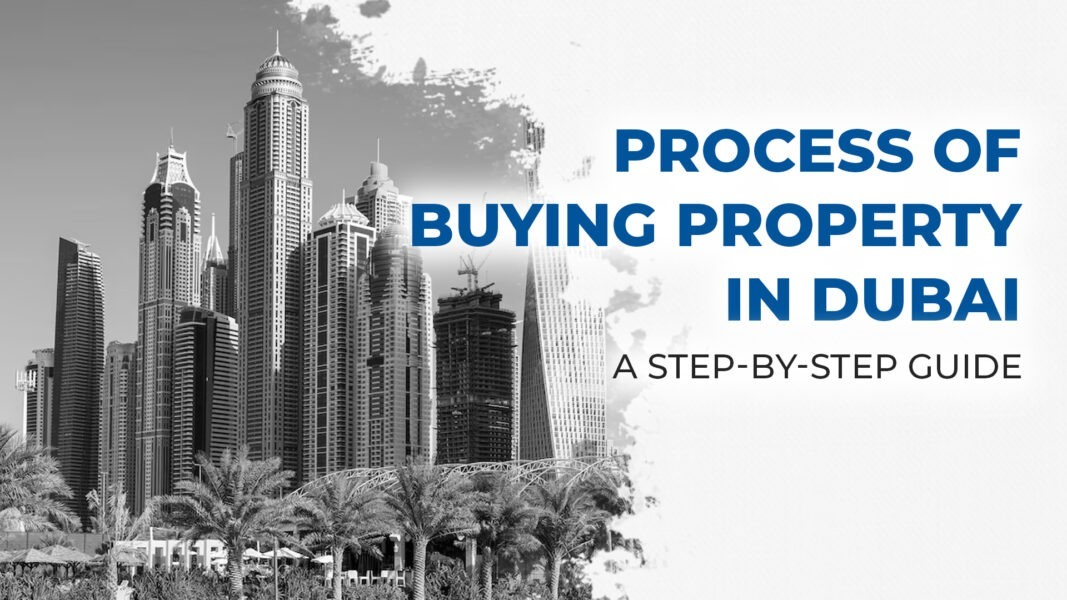Now Reading: Dubai Rental Trends May 2025: A Market in Breakthrough
-
01
Dubai Rental Trends May 2025: A Market in Breakthrough
Dubai Rental Trends May 2025: A Market in Breakthrough

Table of Contents
Dubai’s rental market in May 2025 is moving fast — and so are the people within it. With the city welcoming thousands of new residents every week and developers racing to meet demand, rental dynamics are shifting quickly. But beneath the numbers, a bigger story is unfolding: one of change, opportunity, and the unique lifestyle that continues to draw people to this desert metropolis.
Population Growth Driving Demand
It’s no surprise that Dubai’s population continues to rise, but the pace in 2025 is eye-catching. An average of 1,000 new residents are arriving daily — a mix of digital nomads, professionals relocating with families, and long-term expats transitioning from renters to buyers.
This ongoing growth has created a noticeable strain on the rental market. In popular areas like Downtown Dubai, Dubai Marina, and Palm Jumeirah, demand is far outpacing supply. For renters looking for spacious, well-connected homes with top-tier amenities, competition is stiff — and rents are reflecting that.

Rental Price Trends Across Dubai
The numbers tell a clear story. In May 2025:
- Short-term rentals are up by around 18% compared to last year
- Long-term leases have increased by an average of 13%
- Prime 2-bedroom apartments in Dubai Marina are now averaging AED 130,000–150,000 annually
- Villas in family-centric areas like Mirdif and Arabian Ranches are seeing 10–12% rent increases, largely due to demand from growing families
The rental uptick isn’t uniform. While central districts are experiencing price hikes, newer communities further from the city center offer more affordability.
Affordable Alternatives on the Rise
Communities like Jumeirah Village Circle (JVC), Dubai South, and Al Furjan are gaining momentum as more residents prioritise space, value for money, and long-term living potential.
In JVC, for instance, a 1-bedroom apartment can still be found for AED 50,000–60,000 annually, compared to AED 80,000–90,000 in Marina or Business Bay. These areas are also benefitting from rapid development — new schools, retail outlets, and better road links are making them more attractive.
This affordability shift is not only good for renters but also for investors looking for high rental yields. Properties in these districts are now offering net yields of 6–8%, which is higher than many traditional “prestige” locations.
Supply, But Not Fast Enough
To respond to demand, developers have pushed forward major projects. Over 62,000 new residential units are expected to be handed over in 2025 — ranging from high-rise apartments to townhouses and villas.
But experts believe it won’t be enough to stabilize prices across the board. Delays in some mega-projects and a continued influx of new residents mean demand will likely outpace supply in several key areas for the foreseeable future.
This makes the rental market not just active, but also unpredictable — keeping both tenants and landlords alert and adaptive.

Technology Redefining Rentals
One major evolution shaping Dubai’s rental scene is technology integration.
Virtual property tours, AI-driven matching tools, and blockchain-based lease agreements are becoming standard practice. For renters, this means fewer headaches, faster move-ins, and more transparency. For landlords and agents, it’s streamlining the process and reducing paperwork-related delays.
Digital platforms are also allowing renters to track payments, request maintenance, and renew contracts seamlessly — particularly valuable in a fast-paced market where timing can mean everything.
Lifestyle Is the New Priority
While price still plays a key role, lifestyle and convenience are becoming top considerations for tenants.
Residents are increasingly looking for properties near metro stations, schools, gyms, and co-working spaces. Outdoor areas, pet-friendly policies, and smart home features are also climbing up the wish list.
As more people settle for the long term in Dubai, they’re not just looking for places to live — they’re searching for places that fit how they live.
Rental Preferences: Families vs. Young Professionals
The demographic split in renter preferences is clearer than ever:
- Families are opting for villas and townhouses in suburban communities like Arabian Ranches, The Springs, and Mudon. These offer privacy, space, and family-friendly infrastructure.
- Young professionals and singles are choosing studio and 1-bedroom units in urban hubs like Business Bay, JLT, and City Walk, where proximity to nightlife, workspaces, and transport is ideal.
This contrast is helping developers tailor their future projects more precisely, resulting in more diverse housing stock entering the market by the end of 2025 and beyond.
What It Means for Renters
If you’re looking to rent in Dubai right now, timing is everything. With prices on the rise, securing a good deal early — especially in developing neighborhoods — could save significant costs.
However, those with flexible budgets still have plenty of options in prime locations if they act fast. Rental contracts are becoming more negotiable, with some landlords offering flexible payment terms, early move-in offers, or rent-free periods as incentives.
For renters planning long-term stays, now is also a good time to evaluate rent-to-own opportunities — many developers are revisiting this model as a way to support homeownership.
What It Means for Investors
For real estate investors, May 2025 offers a golden window. High rental yields, rising demand, and diversified tenant needs are keeping the market competitive.
Smart investors are targeting mid-market projects in up-and-coming neighborhoods, where the cost of entry is lower, but appreciation potential is strong. With Dubai’s regulatory stability and pro-business environment, rental income remains one of the most attractive passive income streams in the region.

Looking Ahead
Dubai’s rental market is expected to stay active and slightly tight for the remainder of 2025. With EXPO City Dubai gaining traction as a business hub and continued efforts to attract foreign talent, the population is set to grow even further.
For those planning to live, invest, or manage property in the city — the message is clear: stay informed, act quickly, and think long-term.
Also Read – UAE Real Estate 2025: The Boom Hidden in the Drop






















